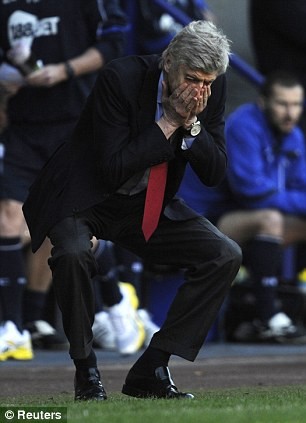Why Your Futures are in Good Hands with CTAs
Post on: 1 Октябрь, 2015 No Comment

Professional Futures Management: Why Your Futures are in Good Hands with CTAs 5.00 / 5 (100.00%) 1 vote
Just like there are fund managers who manage hedge funds and trust funds for both individual and institutional investors, there are other managers whose job is to professionally manage clients futures. Managers who specialize in managing futures are known as CTAs (Commodity Trading Advisers). Managed futures can be very lucrative if handled properly. CTAs usually invest clients money in diversified portfolios of futures such as currency markets, agriculture, energy, and so on. With a professionally-managed futures portfolio, your futures are in good hands with CTAs.
However, just as is the case with fund managers, CTAs employ different strategies when investing their clients futures. There are two broad trading styles employed by CTAs in the managed futures industry: discretionary trading, and systematic trading. Discretionary CTAs usually focus on trends such as crop reports and chart patterns to determine when to trade. In contrast, Systematic CTAs conduct trades based on trading signals generated by computer software programs. These blackbox programs are capable of trading in the market with no further input from human beings.
CTAs use other trading strategies to trade futures, including trend-following, counter trend, arbitrage, option writing/sellers, and global/macro fundamental focus.
Time Frames
Its quite possible for two CTAs to trade in the same markets using a systematic approach and yet generate widely-varying returns. This is usually the result of their trading time frames. Traders can trade short-term, intermediate-term, or long-term. For instance, the short term outlook of the market might be very choppy with numerous ups and downs, yet over a five-year or ten-year period, the overall trend might be clearly upwards. A long-term CTA trader would likely benefit much more in such an environment than a short-term CTA.

Established vs. Emerging CTAs
Another major differentiating factor between CTAs is whether the CTA is established or emerging. An emerging CTA is generally defined as one with futures worth less than $50 million under management, and typically has a track-record of less than 3 years. The intriguing thing, however, is that the experience level of the CTA does not always translate to better returns for the investors. Emerging CTAs frequently outperform their established counterparts because their smaller portfolios help them make quick trades in certain favorable markets and therefore realize good profits. The other reason might simply be because they feel they need to perform well to impress their clients and gain potential future clients. The downside with working with an emerging CTA, however, lies in the high attrition rate, with many dropping off less than 5 years after setting shop. Some green CTAs might also lack the requisite experience, never having traded futures for anybody else other than themselves.
Some CTAs will accept a minimum investment of as little as $10,000, while others will require a few million dollars. Emerging CTAs usually require much less than established CTAs. The trading strategy of the CTA is another big factor that determines the minimum capital required.
Its generally better to have a professional CTA manage your futures for you than doing it yourself since your futures are in good hands with CTAs. Additionally, many investors lack sufficient knowledge of the futures market to help them make wise decisions that can maximize their returns.














